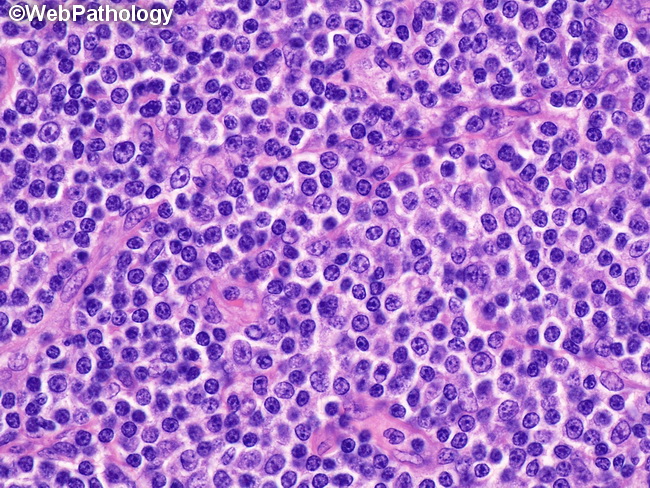Composite Lymphoma : Hodgkin & SLL


Comments:
Composite Lymphoma: It is defined as simultaneous presence of two morphologically and immunophenotypically distinct lymphomas in the same neoplasm. They can occur as a combination of two different B-cell lymphomas or two different T-cell lymphomas or one B-cell and one T-cell lymphoma. The two lymphoma components may share a common cellular origin, in which case they are genetically identical. This has been documented by single-cell PCR studies in some cases. Composite lymphomas consisting of classic Hodgkin lymphoma (cHL) and B-cell non-Hodgkin lymphoma originating from a common precursor B-cell and showing identical IgH gene rearrangements have been reported. On the other hand, true composite lymphomas that are clonally unrelated, e.g. cHL and T-cell lymphoma, are rare. Composite lymphomas are a rare occurrence. They may be induced by chemotherapeutic agents, autoimmune diseases, and primary or acquired immunodeficiencies. About this Image: This is from a case of composite lymphoma consisting of cHL and CLL/SLL (same case as the previous image). This field shows small uniform lymphocytes that had the classic CLL immunophenotype on flow cytometry (CD5+, CD20+, CD23+, and FMC7-ve). The foci with cHL are shown in the next two images.



